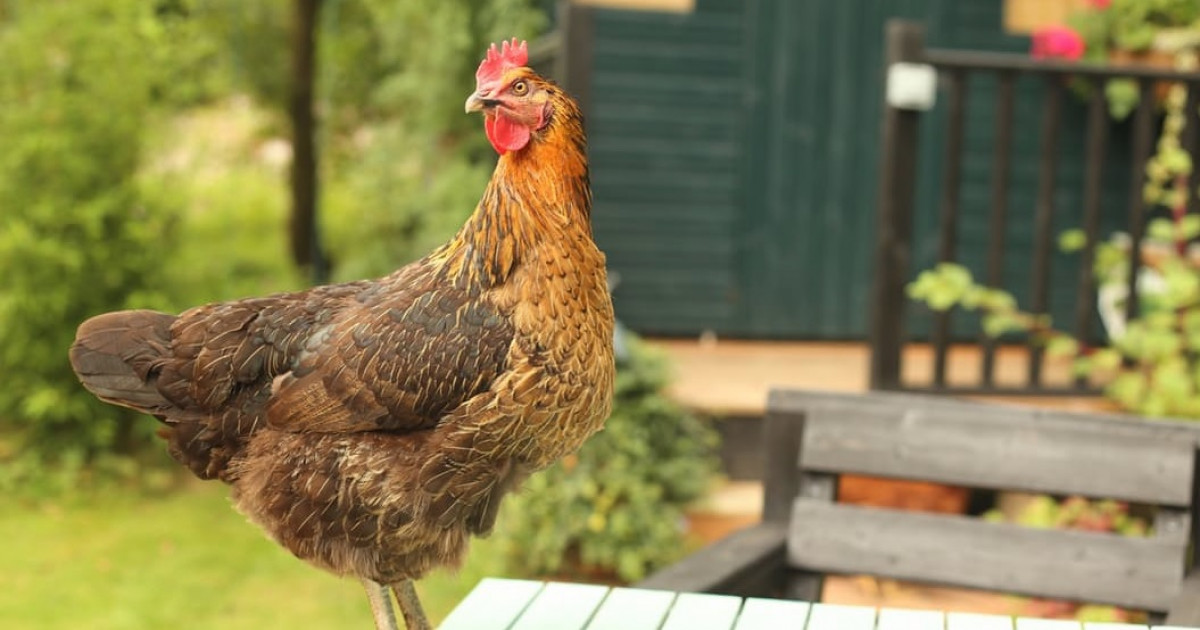Zoophilia: Etiology, Symptomatology, and Management
Zoophilia, also known as bestiality, is a complex paraphilic disorder characterized by persistent sexual attraction and activity with non-human animals. This condition raises significant ethical, psychological, and legal concerns, fundamentally involving non-consensual acts against animals.
Understanding Paraphilias
Sexual desire is a diverse and intricate aspect of human experience. However, some individuals develop sexual interests, known as **paraphilias**, that are atypical and can sometimes be harmful or non-consensual. These disorders are characterized by recurrent intense sexual urges, fantasies, or behaviors involving objects, situations, or individuals that are not considered typical.
Paraphilias can manifest in various ways, causing distress to the individual experiencing them or, more critically, leading to abuse or harm toward others who cannot provide informed consent. Zoophilia, much like pedophilia, falls into this category because it involves a non-consenting party.
Zoophilia as a Paraphilic Disorder
Zoophilia specifically refers to the sustained sexual attraction to non-human animals. When this attraction is acted upon, it is often termed **bestiality**. Individuals with zoophilia may experience significant internal conflict, including feelings of shame and anxiety, which can contribute to social and occupational difficulties. Paradoxically, the core problem often isn’t the direct suffering of the perpetrator from the act itself, but rather the harm inflicted upon the animal, similar to the impact seen in antisocial personality disorder.
The nature of attraction in zoophilia can vary; some individuals may fixate on a particular species, while others are attracted to a range of animals. In some instances, zoophilic behaviors may arise as a substitute for human relationships, though a genuine preference for animals as sexual objects is characteristic of the disorder.
Beyond the ethical considerations, zoophilia carries severe legal and health implications. It is legally prohibited in many countries due to its classification as animal abuse. Furthermore, engaging in sexual acts with animals poses risks of **sexually transmitted infections** (STIs) for humans, such as lymphogranuloma venereum, and can cause physical injuries and behavioral changes in both the human and the animal involved.
Potential Causes of Zoophilic Behavior
The exact prevalence of zoophilia in the general population is largely unknown, primarily because individuals rarely disclose such behaviors due to shame or legal repercussions. It is not considered common.
The underlying mechanisms that lead to zoophilia are not fully understood, but several theories have been proposed:
- Accidental Association: It is hypothesized that a chance association between sexual arousal and an animal may occur. Repeated instances could then lead to a fixed paraphilic disorder.
- Social Isolation and Skills Deficits: Zoophilic practices are often reported in isolated, particularly rural, environments where human contact is limited, and access to farm or domestic animals is common. Individuals engaging in zoophilia frequently exhibit traits such as **loneliness**, **social isolation**, and **poor social skills**, which can lead to frustration and unmet desires.
- Emotional Connection and Humanization: An intense emotional bond with a pet or farm animal might evolve into sexual desire, sometimes involving the **humanization** of the animal. Many individuals with this disorder report perceiving animals as offering greater affection and loyalty than humans.
- Cultural Factors and Secondary Manifestations: In rare cases, certain cultural beliefs may implicitly facilitate such behaviors, or zoophilic acts might emerge as a secondary symptom in the context of other mental health disorders.
Treatment Approaches for Zoophilia
Treating zoophilia presents significant challenges. Many individuals engaging in these behaviors may deny causing harm, sometimes attempting to rationalize their actions by equating their situation to other historically marginalized groups. Furthermore, the stigma and legal ramifications often lead individuals to conceal their behavior, making it difficult to seek and accept therapeutic help.
Effective treatment for zoophilia typically involves **psychotherapy**. Given that individuals with this condition often experience social isolation and difficulties in human relationships, a key focus of therapy is to improve **self-esteem** and **human relational skills**. The therapeutic process also involves a careful analysis of the individual’s sexual fantasies to understand the elements that induce arousal. The ultimate goal is to redirect sexual impulses, fostering normative sexual arousal while actively working to **deserotize** the animal as an object of desire. This comprehensive psychotherapeutic approach aims to address underlying cognitive and behavioral patterns to facilitate healthier coping mechanisms and relationships.

